I’m always looking for cool historic places along our travels. New Mexico has had a lot of really interesting historical sites like Chaco Culture National Historical Park, Aztec Ruins National Monument and Bandelier National Monument.
I was really looking forward to learning more about The Manhattan Project which was based in Los Alamos while we spent a couple of weeks there, but sadly the Bradbury Science Museum was closed. However, I still had a great experience and learned even more than I’d expected when I took a historic walking tour at the Los Alamos History Museum.
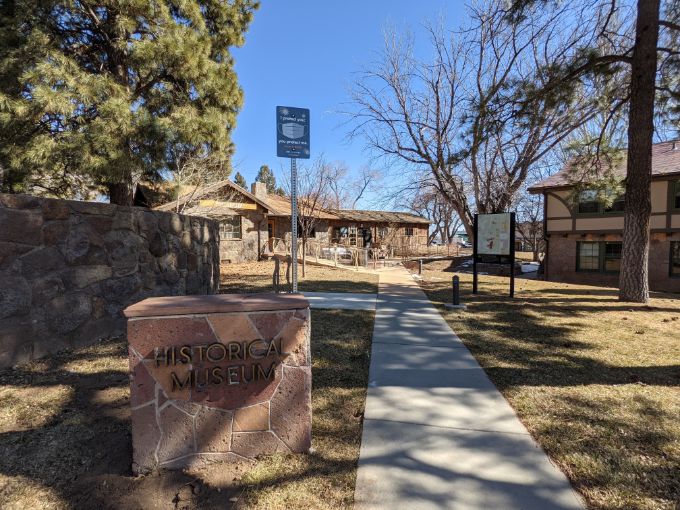
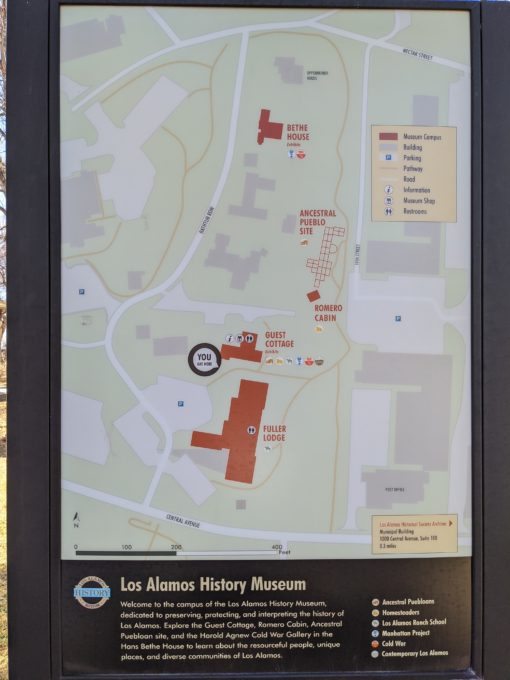
You arrive at the museum (leave yourself 30-45 minutes before the tour to see the museum) and head into the Guest Cottage to get your ticket and see the exhibits that are inside.
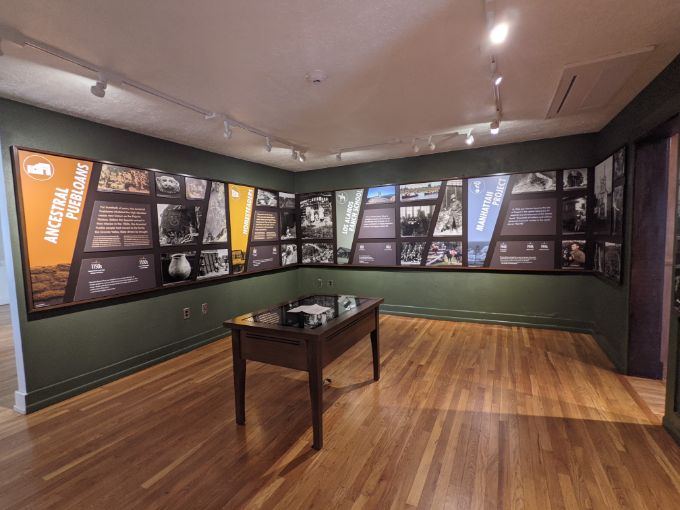
There’s more to Los Alamos than just The Manhattan Project. The displays and the tour walk you through history. You start with the Ancestral Puebloans from the 1200s, move forward in time to learn about Homesteaders of the 1800-1900s, The Los Alamos Ranch School in the early 1900s and, finally, The Manhattan Project which took over the area in 1943.
Learning about the Ranch School was really interesting. It was started by a man who wanted a place to toughen up boys, provide them with a quality academic and outdoor education and grow their character.
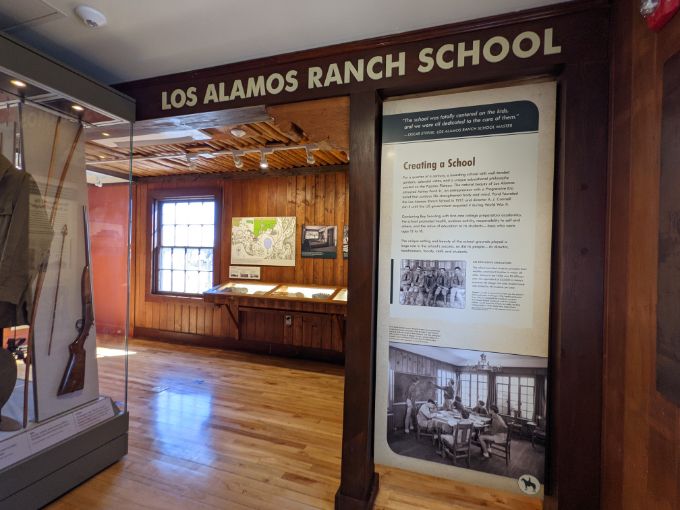
Modelled after The Boy Scouts of America which had recently been founded, the boys wore uniforms and slept on screened-in porches year round.
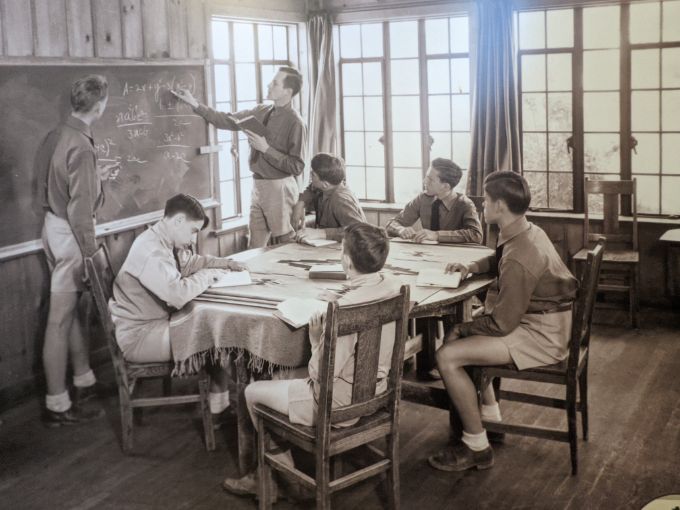
They were even expected to do 15 minutes of morning exercise before breakfast; again, no matter the weather.
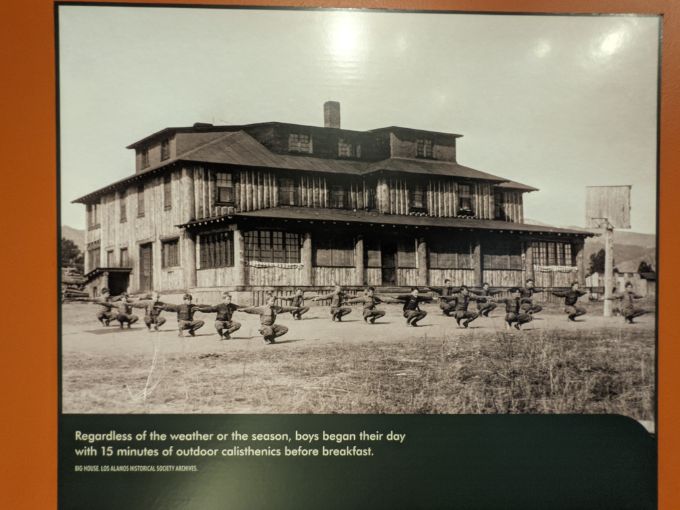
The other exhibit in this museum site is about The Manhattan Project. There are artifacts from “The Secret City.” At the time, no one could know why people were in Los Alamos. There was only a PO Box which caused a lot of confusion for the Sears and Roebuck catalog when they received hundreds of requests for just one mailbox.
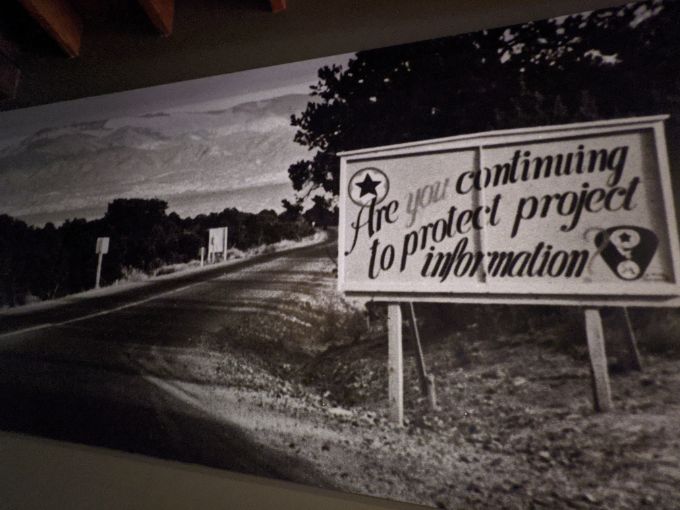
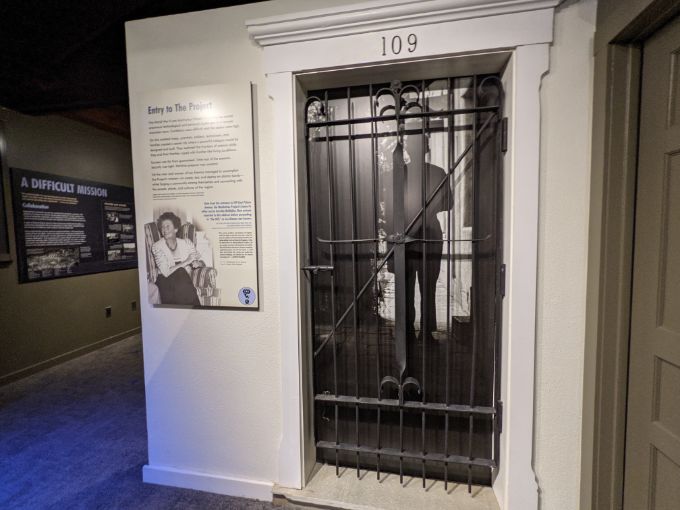
One of the things I found really interesting was this letter from government censors. All letters had to pass through although this didn’t stop one man, K.E.J. Fuchs, from selling Los Alamos secrets to the Russians later.
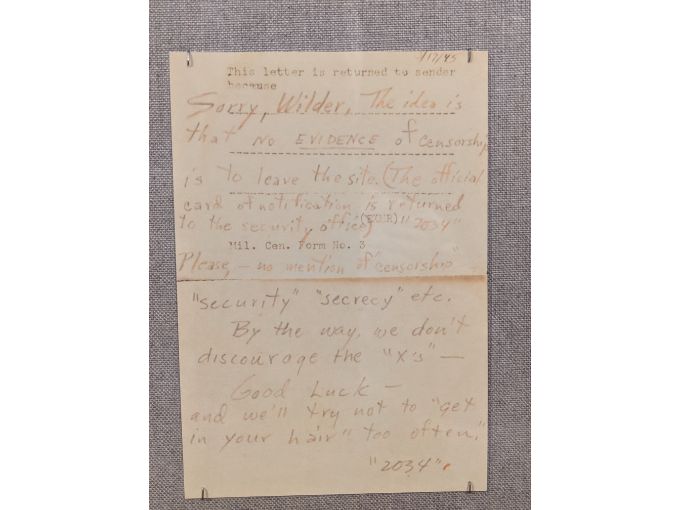
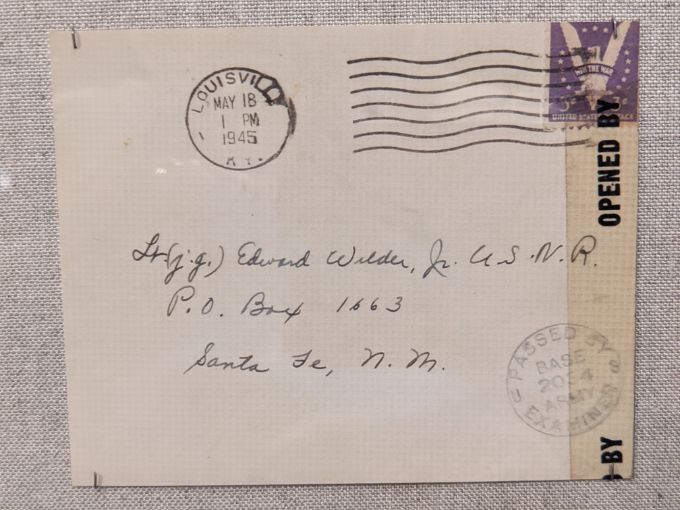
There are even a few artifacts remaining from the Trinity test site. The implosion-style atomic bomb (the style of bomb that was dropped on Nagasaki, Japan known as Fat Man) was tested in July 1945 at 5:30 in the morning.
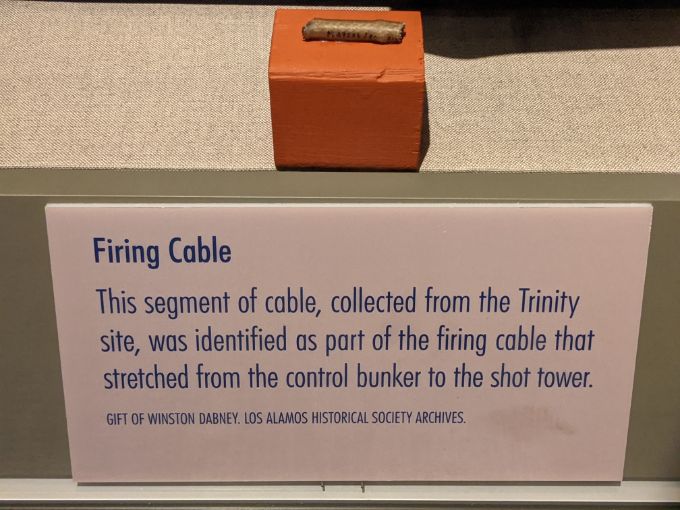
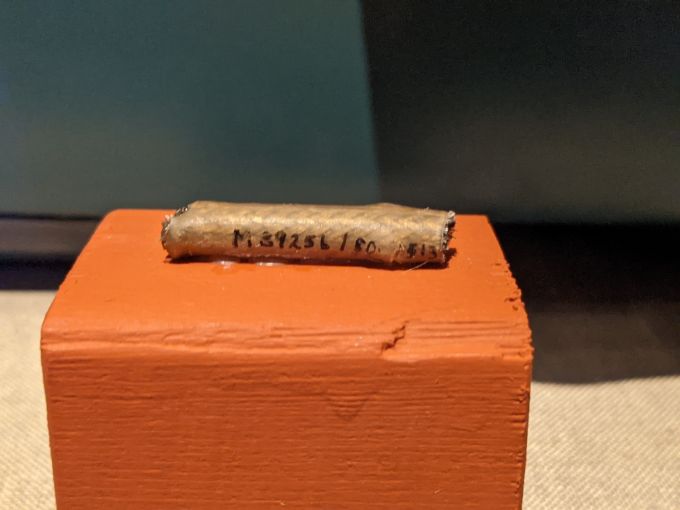
There’s a really interesting three minute video of interviews with scientists about their feelings regarding their work on the atomic bomb which ended World War II but was also used against civilians. The exhibit ends with a reflection area to share your thoughts on the question below.
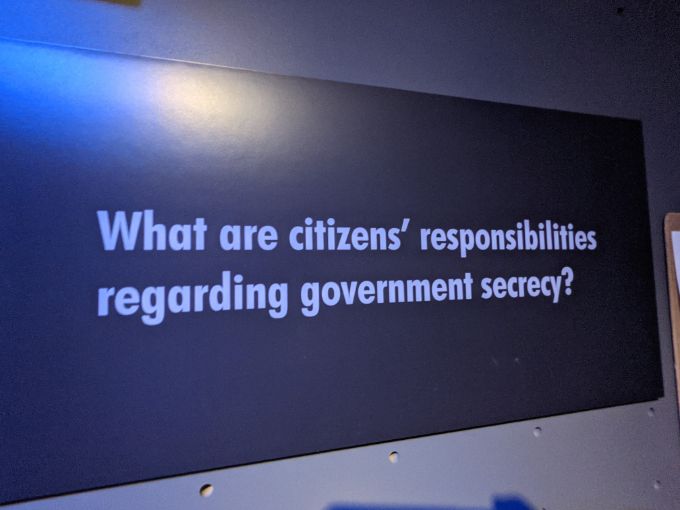
The museum also has a small gift shop.
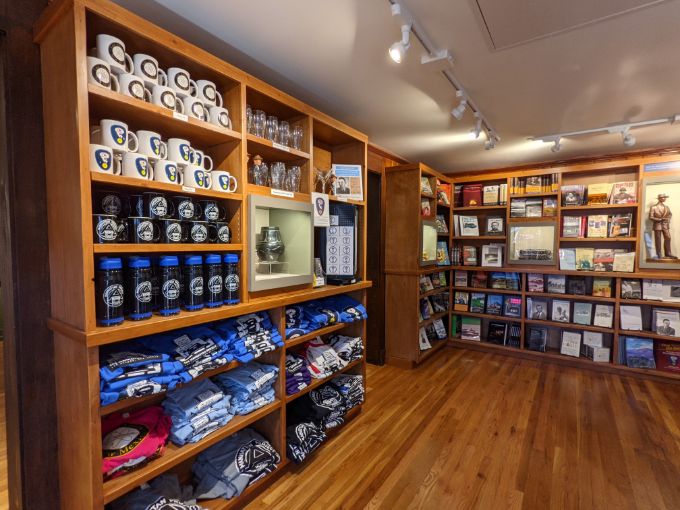
The walking tour takes you to important historic sites and moves through history mirroring the exhibits in the museum. My guide was John and I was really excited to be the very first tour he’d conducted since New Mexico began to reopen their museums since COVID-19 started in early 2020.
First you start at the Ancestral Puebloan site. The ruins are similar to those at Chaco and Aztec, but these buildings are made of volcanic tuff carved into bricks. It housed 3-4 families and included a semi-circular kiva.
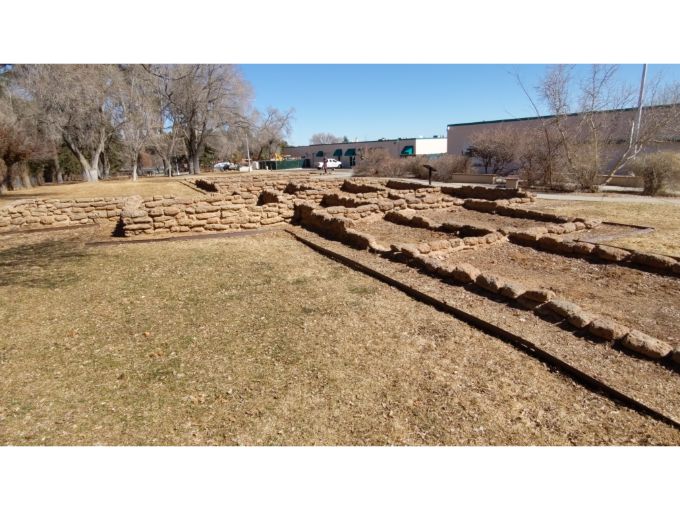
You don’t have to do a paid tour as there’s a self-guided tour around the area with signs provided for information. The guided tour is definitely worth it though as you get to go in the different sites and get a more complete history of the area. We even got a great food recommendation that was spot on for deliciousness – thanks John, we loved the Sopaipilla Factory!
You move through history to the Homesteaders in the area. They came in the 1860s but by 1917 all the white homesteaders had left the area as they couldn’t handle the cold winters on the top of the plateau. Harold Brooks had amassed 800 acres by this time and was looking to sell.
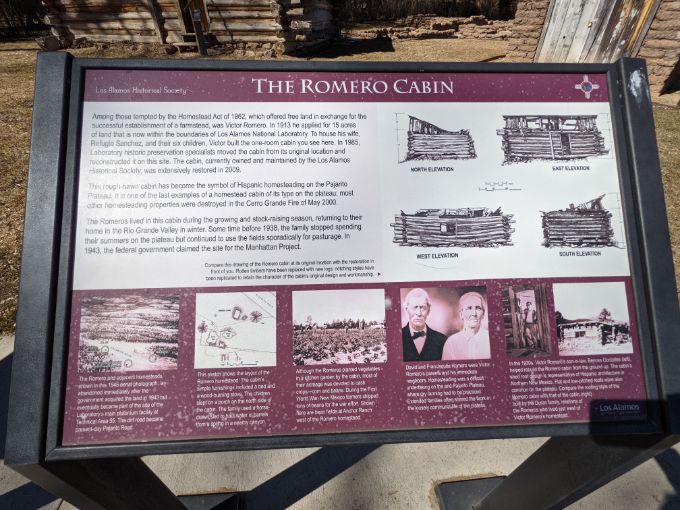
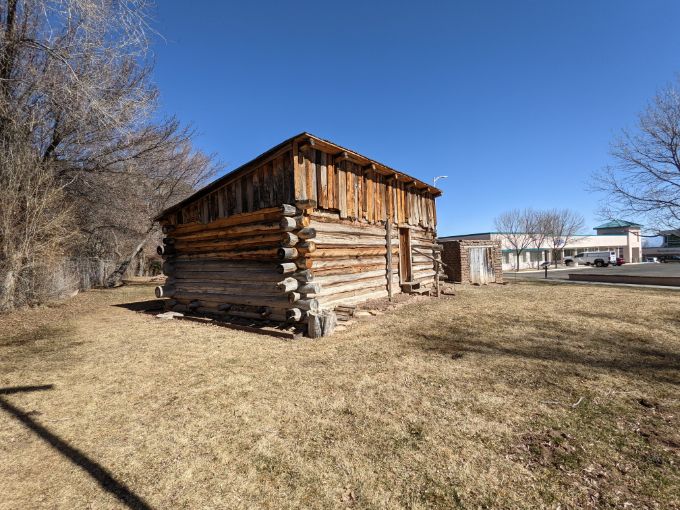

Ashley Ponds Jr. purchased Harold Brooks’s 800 acres for his new Ranch School. With guest cottages, the Fuller Lodge and the Big House along with other sites, the school was well-placed to house the 48 boys they enrolled each year. They were ages 11-18 and had academic classes in the morning, while the afternoons were spent on outdoor pursuits.
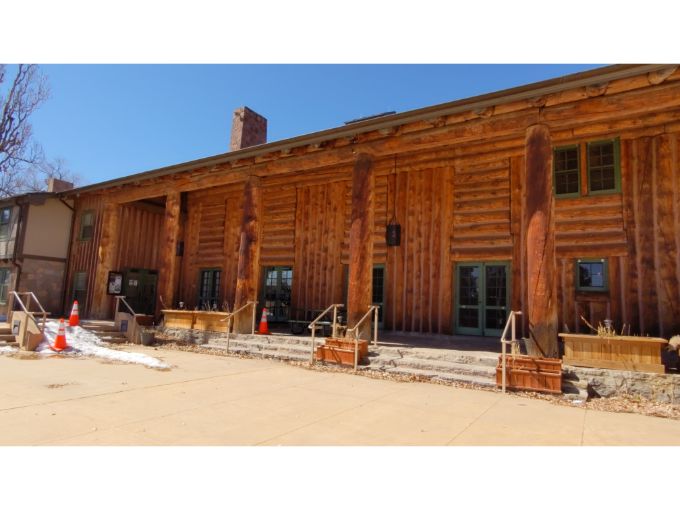
Below is an original lantern from The Ranch School that remains at Fuller Lodge.
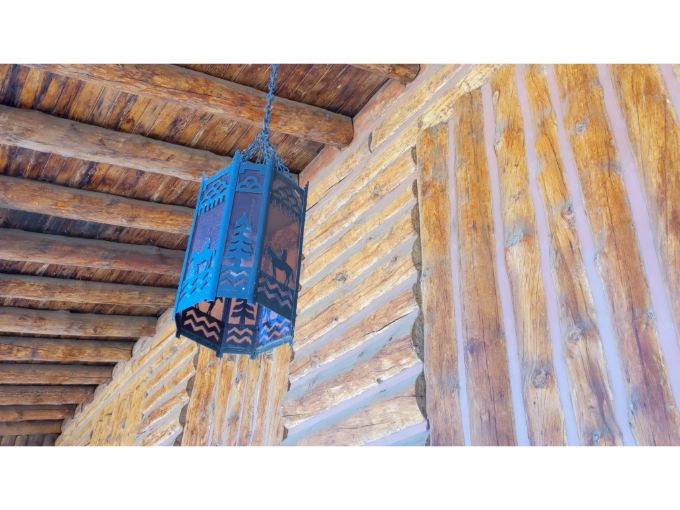

All of the buildings and the remote location made it the perfect place for the government to take over in 1943. There was an attempt to discreetly purchase the school’s property, but it was rejected again and again so the War Department finally stepped in and enforced the sale.
Buildings were marked for the technical areas that became “The Secret City” at Los Alamos.
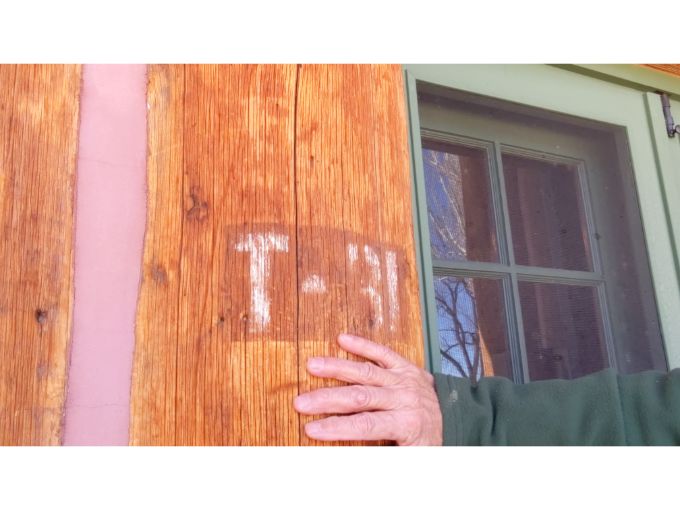
At this point in the tour you sit and hear a fascinating history about The Manhattan Project. After about 15 minutes the tour walks around along the edge of Fuller Lodge and along Bathtub Row. You see historic homes that were dedicated to the Ranch School and then became homes to famous scientists. For example, J. R. Oppenheimer and his wife lived in one of the homes while they were in Los Alamos.
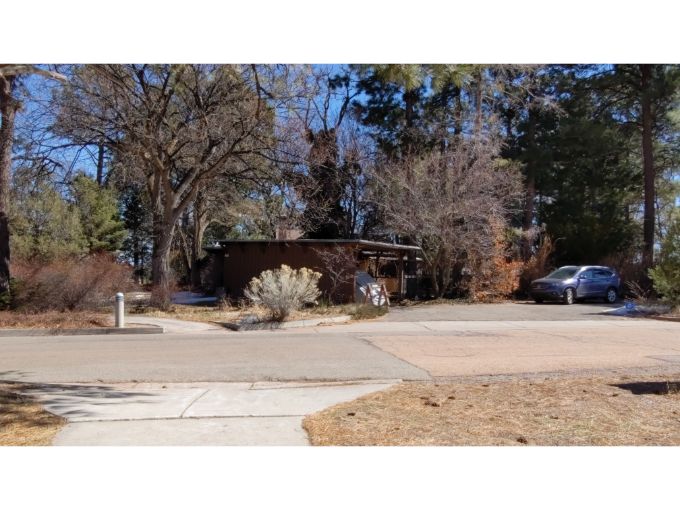
The walking tour ends at another historic home that has been remodeled to reflect the 1950s style and has exhibits about The Cold War.
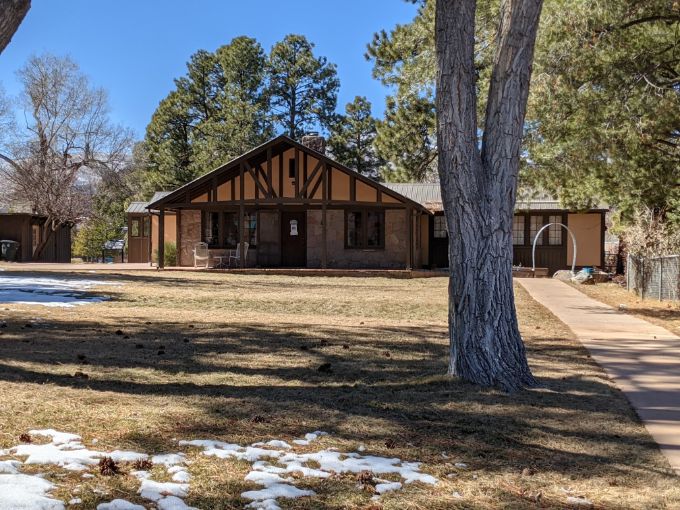
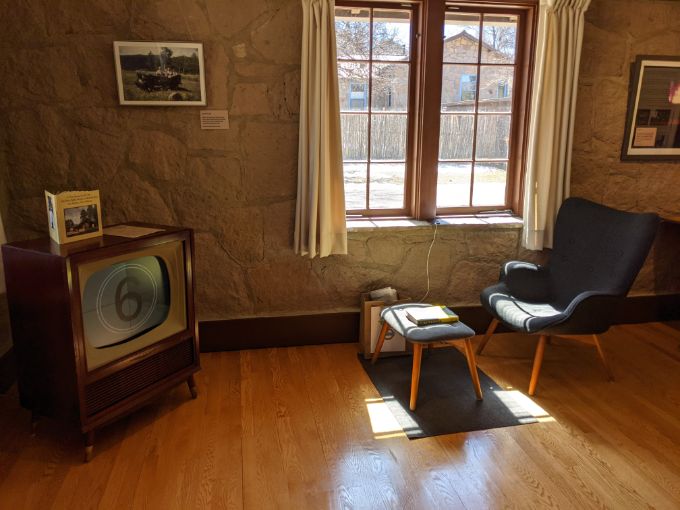
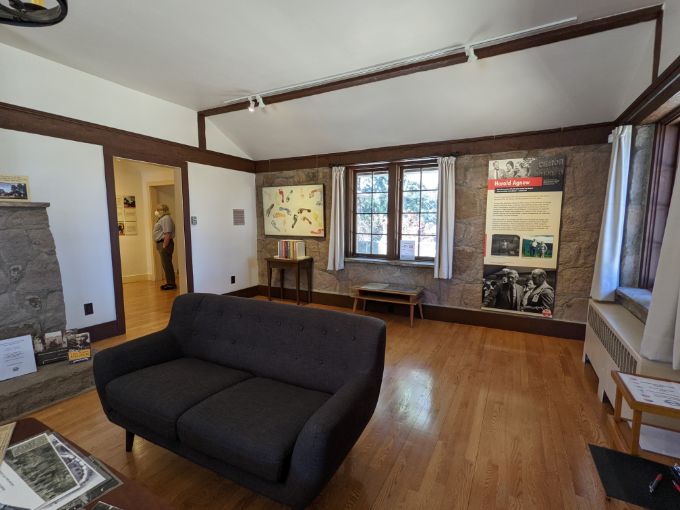
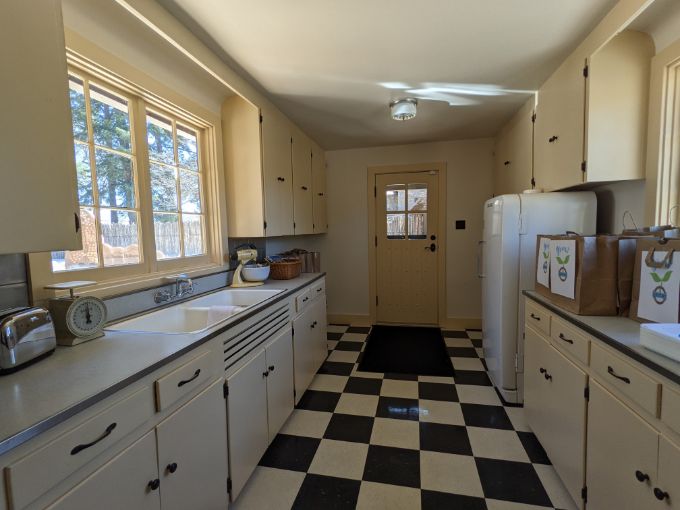
One of the cool things on display in the final site is an atomic bomb that’s small enough to fit in a backpack.
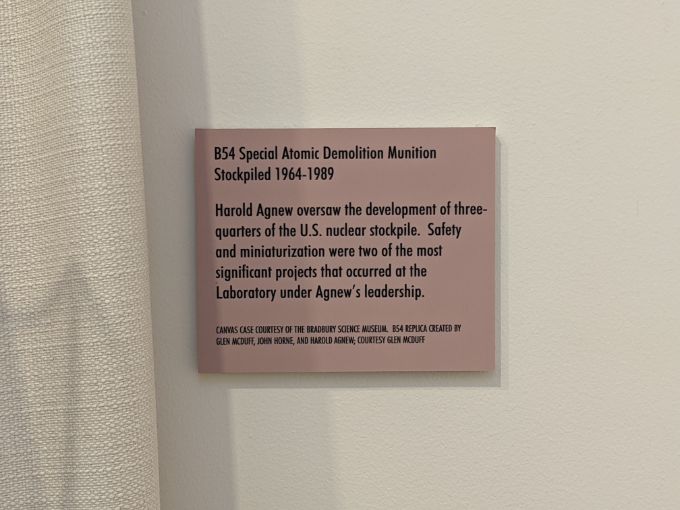
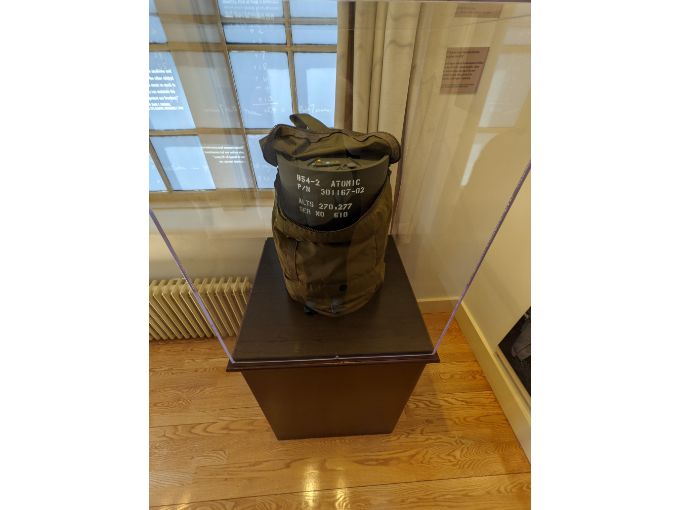
The museum currently closes at 1pm, so it’s important to make sure when your tour is over (at 12:30pm) that you make your way through the exhibits at a good pace to see them all.
It was a full day and the price was great for the tour, the two museum sites with exhibits and the other historical sites you get to see. At the time of this post the cost is $15 for 19+, under 18s are free with a paid adult, and your ticket includes entrance to all the museum sites. The museum alone without the tour is only $5 per person.
My dad was in Los Alamos working on the Manhattan Project, and I’ve been fortunate enough to have visited the city twice in the last dozen years or so. It’s a great little town, and the museums are excellent. The folks at the Historical Society are wonderful, and I’ve made at least one life-long (well, rest of my life-long) friend there.